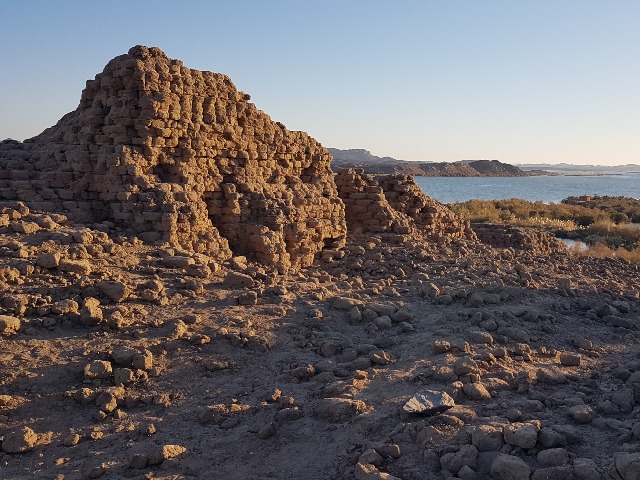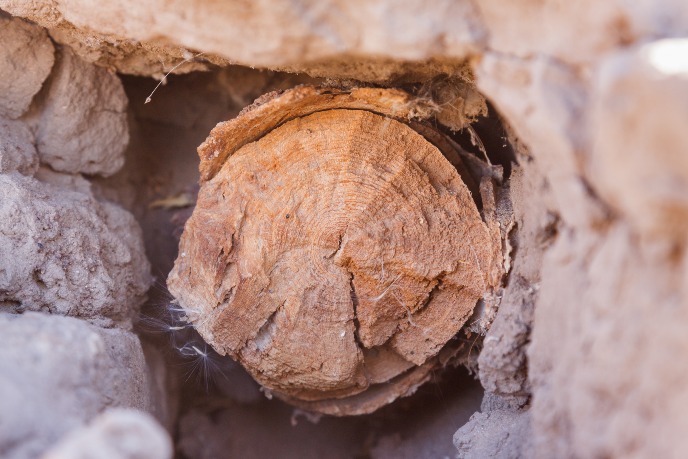Master's Student Thought She Could Fix an Age-Old Problem... You Won't Believe What Happened Next (She Couldn't)

Ancient Egypt is one of the first civilisations that pops to mind when one talks about antiquity, since the modern world has always had a fascination with the remnants of its culture. The ECHOES team recently had an incredible opportunity to work on some ancient Egyptian material. The goal was to address some discrepancies in Egypt’s long history by using radiocarbon dating. I feel very honoured to have been a part of this project under the supervision of Prof Michael Dee and Dr Margot Kuitems for my Master’s thesis.
My thesis focused on the chronology of the Middle Kingdom period of ancient Egypt. We used Bayesian modelling of single-year radiocarbon measurements from an ancient Egyptian fortress at the site of Uronarti, northern Sudan. This fortress was historically dated to Year 16 of the reign of Middle Kingdom king Senusret III (Dynasty XII), using a regnal monument discovered at the site. The Brown and Swansea University Uronarti Regional Archaeological Project (URAP) excavation team kindly provided the samples from well-preserved wooden support beams with bark-edges within the fortress walls. With the help of an African wood specialist, we were able to separate the individual tree-rings and wiggle-match them against the radiocarbon calibration curve, in order to get a precise date for when these trees were cut. We presumed (perhaps naively) the date of the last tree ring would neatly correspond to the 16th year of Senusret III’s reign. And perhaps we even dreamed that by connecting the regnal year of the king to an actual calendar year, we would end up securing the whole multi-centennial sequence of the Middle Kingdom in time, a goal that has eluded historians, archaeologists and scientists for many decades.
Well, research never follows a perfectly straight path, and the results of this project were somewhat different from what we expected. We were able to get a more precise date for Senusret III’s reign by using a total of 17 radiocarbon dates, but our results still leave some uncertainty between older and younger versions of the full Middle Kingdom chronology.
Following this study, I have continued to work in the ECHOES team with the aim of combining my new Middle Kingdom dates with some other ancient Egyptian results, and I am now in the process of preparing a publication about an updated chronology for both the Old and Middle Kingdoms.

About the author

Pınar Erdil is a PhD candidate with a background in chemistry and archaeology and has been a part of the ECHOES team since her Master’s education. She has gained considerable experience in chronological research, especially radiocarbon dating and Bayesian modelling. Her doctoral project is an NWO (Dutch Research Council) grant focused on radiocarbon dating and the Mediterranean Bronze Age.

